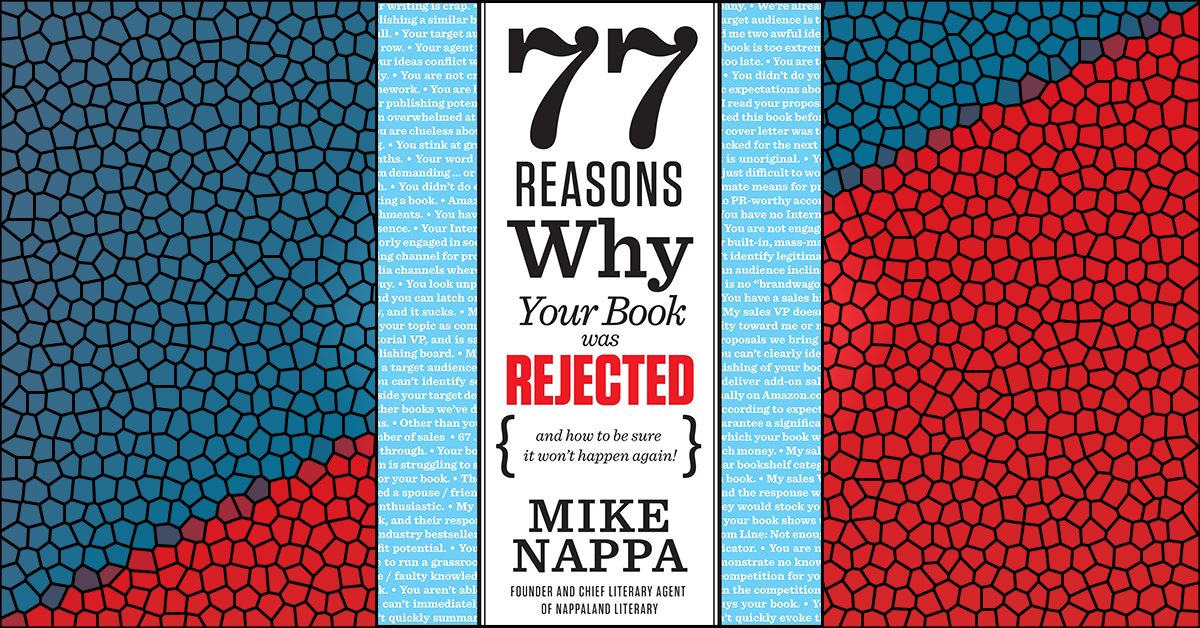|
Getting your Trinity Audio player ready...
|
There are a thousand reasons to attend Denver Comic Con, but one of the best is simply this: Steve Lieber is there.
Yes, THE Steve Lieber. THAT guy.
For the uninitiated, Steve Lieber is an award-winning comic book and storyboard artist, and a founding member of Periscope Studio—the largest studio of freelance comics and storyboard artists in North America. In his formative years, Steve studied comic book art under the legendary Joe Kubert. Since then, he’s worked on iconic characters and properties like Spider-Man, Batman, Superman, Hellboy, Star Trek and Road to Perdition. He’s published work with Penguin books, DC Comics, Marvel, Dark Horse, Image, Scholastic, Oni Press, Dupuis, and many others,.
So yeah, he’s kind of a big deal.
Steve’s best known as the artist of the graphic novel Whiteout and its Eisner-winning sequel, Whiteout: Melt, which were adapted by Warner Brothers as a movie starring Kate Beckinsale. He also recently completed The Eisner-nominated Superior Foes of Spider-Man for Marvel Comics, and is currently working on an original comics series, The Fix, published by Image comics. Best of all? Steve Lieber is a decent guy, and here’s proof:
When we asked him to take time out of his busy Denver Comic Con prep schedule to sit down and talk to NerdFans about his work in comics, he said yes. Pretty cool, right?
∞ ∞ ∞
The Interview
Us
All right! Steve Lieber is at Denver Comic Con! Let’s start off this way: How did you first discover comic books?
Steve Lieber
My father sometimes bought me “stripped” comics. These were comics whose covers had been stripped off and were supposed to have been destroyed, but somehow wound up on sale at junk shops. They were 12 for a dollar instead of 35 cents each, but the selection was random, so I could never get two issues of anything in a row. Comics were full of multi-issue sagas, so this usually meant that I only got to read the beginning or the end of a story. I spent a lot of time trying to imagine the parts I never got to read, which probably helped lead to my career.
Us
You studied under the legendary Joe Kubert. So what’s your favorite “Joe Kubert Story”?
Steve
I learned so much from Joe. He was a great teacher and role model. He was so good at explaining the goals of an artist and helping you work out the means to achieve those goals.
My favorite Kubert moment was one day in class when he was doodling for himself on a piece of scrap paper while everyone was working on their own projects. At the end of class he tore his paper into pieces and tossed it in the trash as he left the room. There was a pause, then everyone rushed for the rubbish.
I got there first.
Us
When did you know you were going to “make it” as a comic book artist?
Steve
I’ve never felt that way! I’ve spent 25 years developing my craft, building a readership, and accumulating industry connections, but I always, ALWAYS assume it could go away tomorrow.
Us
Your work on Superior Foes of Spider-Man was nominated for an Eisner Award—congrats! What are some behind-the-scenes secrets you can tell us about that series?
Steve
1. It wasn’t originally supposed to be a humor series. The first batch of pages I received from writer Nick Spencer had some funny moments, so I leaned into those and pushed the jokes. Nick saw that I could deliver his gags pretty well, and come up with my own too. Before long, getting our readers to laugh became a primary goal.
2. There’s a panel I drew that Marvel edited out of the published comic. It’s funny out of context, so I put it on my tumblr. It’s not too difficult to figure out where it belongs in the story, so a fan photoshopped it back into place and posted that online. Later, whoever it is that maintains the archive of illegal digital bootlegs of comics inserted that into the pirated version. So now the only way to get the “director’s cut” of our comic is to steal it. I feel like this is a very 21st Century problem.
3. Corporate-owned comics are made on a tight deadline, so what gets published is often essentially a first draft. I didn’t have a good sense of who the main character, Boomerang, was when we started. You can see him change over the first few issues. He got younger and better looking as I realized how much he relies on superficial charm to get himself out of trouble.
Us
You’re currently working on the “mature” comic, The Fix. What’s the story behind this new series?
Steve
It’s a crime comedy about the two most corrupt police officers in Los Angeles.
Us
The Fix includes all the typical red-flags for parents—profanity, crude sex talk, violence, etc. It’s also pretty good storytelling that tackles some interesting relational and societal issues. And teens are reading it. So when parents and teens talk to each other about The Fix, what do you think should be included in their conversation?
Steve
Honestly, I don’t think we tackle any issues. We present conflicts and situations, but we certainly don’t offer any answers. A lot of readers say The Fix is laugh-out-loud funny, and I’m super-proud of that. Comedy is hard! But I also think that most laughs are a primate’s scream of horror, broken up into appealingly bite-sized bits.
I hope that parents would make sure that their kids are familiar with ideas like the unreliable narrator and the unsympathetic protagonist. The characters in this story are wretched, irredeemable people, and the narrator isn’t even open to the possibility of actions being right or wrong. This can make for an entertaining story, but it’s a lousy way to go through life.
Us
You’ve worked in comics for a long time. What have you learned about the industry that parents should know?
Steve
Art school is not a requirement in comics. I learned a lot at the Kubert School, and it was the right choice for me, but there are plenty of self-taught artists who are far more successful than I am. No one cares where you studied. You get hired based on the quality of your portfolio and your ability to market yourself.
Us
Imagine you and I are sitting around at a barbecue, eating burgers and brats and calmly solving the problems of the universe. What would you say is the most important thing in life—and how does that show up in your work?
Steve
The most important thing in life is your relationship with the people around you. The absence of that—the lack of any genuine human connection—is what drives a lot of the comedy in The Fix.
∞ ∞ ∞
Steve Lieber Answers“The Dirty Dozen!”
Born where and when?
- Pittsburgh, 1967
Currently reading?
- The Sisters Brothers by Patrick deWitt
Best movie you’ve seen in the past year?
- Billy Wilder’s “The Apartment”
Favorite comic book character?
- Maggie Chascarillo
Hidden talent?
- None.
Thing you can’t do to save your life?
- Drive a car.
Phobias?
- Driving a car.
Best compliment anyone could give you?
- Spending good money on my work even when it’s easier to just grab it from a pirate site.
One random thought on God?
- Life’s tough, so I’m glad people are able to find comfort wherever they can.
Favorite thing to do in your spare time?
- Read.
Favorite sports team?
- These days, none. As a kid, the Pittsburgh Pirates
Best way for fans to contact you?
- Twitter @steve_lieber
–MN
All product-related graphics in this article are standard publicity/promotional shots and are owned by their respective publisher. Steve Lieber photo credit: Steve LIeber, www.SteveLieber.com.












